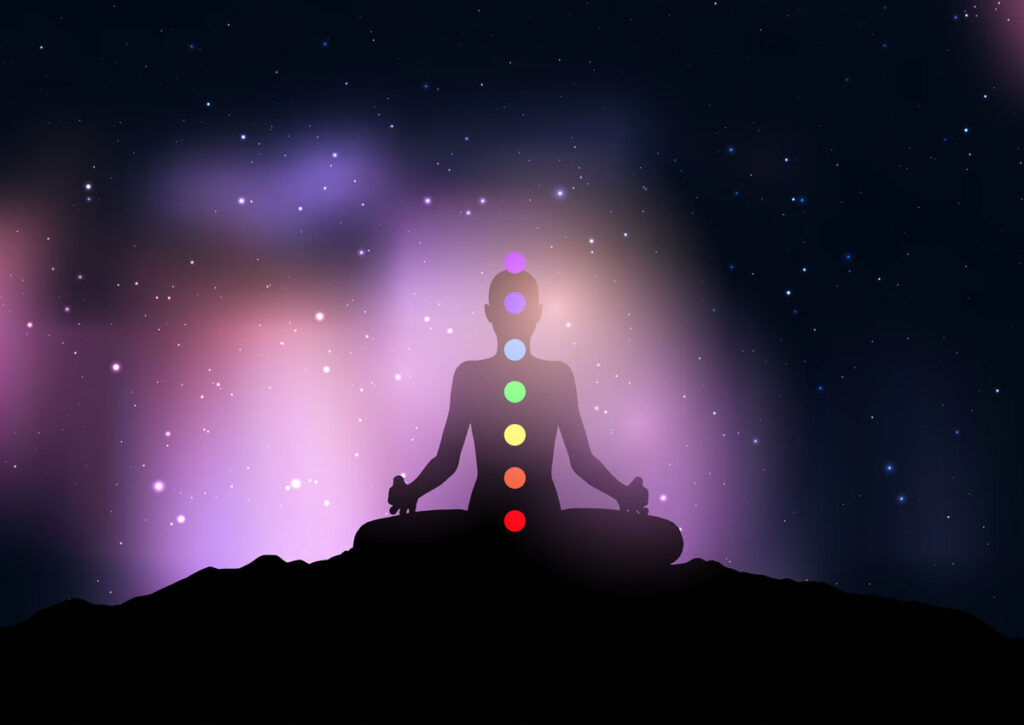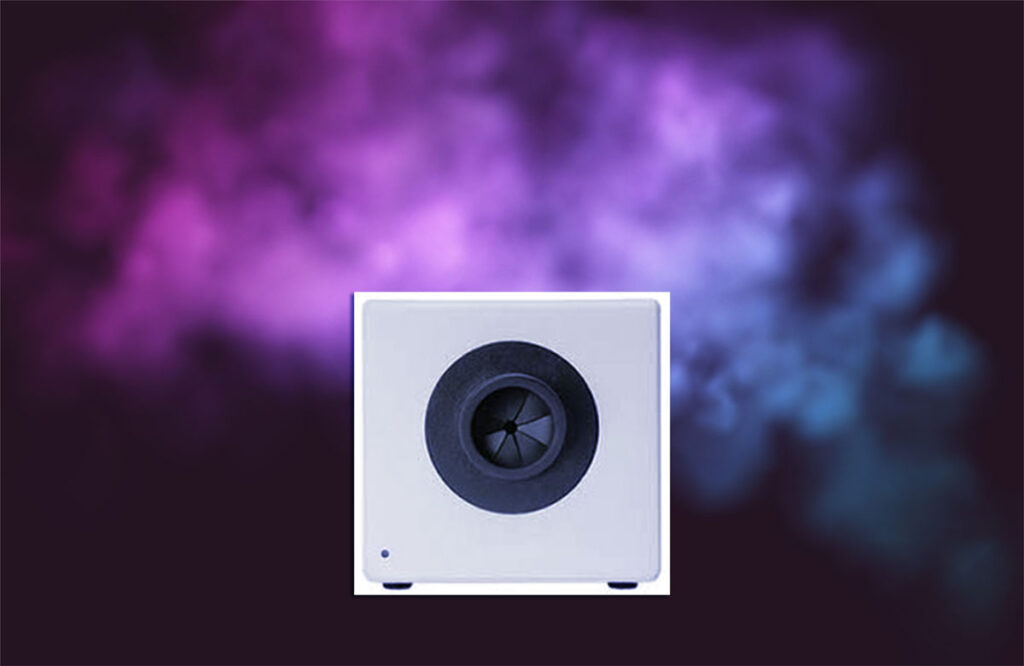What is the aura of a human being?

The concept of an “aura” is often associated with certain spiritual and metaphysical beliefs. An aura is believed to be a subtle energy field that surrounds living beings, including humans. Proponents of this concept suggest that the aura is made up of various layers of energy, each with its own color and vibration, and that it reflects a person’s physical, emotional, mental, and spiritual state.
Different traditions and belief systems describe auras in various ways. Some claim that the colors of the aura can indicate a person’s mood, health, or personality traits. For example, a calm and peaceful individual might be associated with a blue or green aura, while a person experiencing strong emotions might have a more vibrant and dynamic aura.
It’s important to note that the existence of auras and their properties is a matter of belief and spirituality rather than scientific consensus. Scientifically, there is no concrete evidence to support the existence of auras as described in these metaphysical contexts. The human body does generate various forms of energy, such as heat and electromagnetic radiation, but these energies are not typically understood in the same way as auras are described.
Auras are more commonly discussed within practices like energy healing, Reiki, and various forms of alternative and holistic therapies. These concepts can be deeply meaningful for individuals who find spiritual or personal significance in them, but they should be approached with an understanding of their unproven nature within the realm of scientific understanding.
How do you do aura photography?
Aura photography is a practice that attempts to capture the supposed energy field or aura surrounding a person using specialized equipment.
Aura photography is a technique that attempts to capture and display the supposed aura or energy field surrounding a person. It’s important to note that aura photography is not scientifically validated and falls within the realm of alternative or metaphysical practices. The process typically involves the following steps:
- Preparation and Setup: A controlled environment with consistent lighting and background is important to ensure accurate results. The subject should be positioned against a plain, neutral-colored background. Some practitioners use a white or light-colored backdrop.
- Biofeedback Sensors: Many aura photography systems use biofeedback sensors to measure factors like skin temperature, electrical conductivity (galvanic skin response), and heart rate. These measurements are then translated into colors using computer algorithms or predefined color correspondences.
- Hand Sensors: The subject places their hands on metal sensors or plates. These sensors measure the electrical conductivity of the skin, which is believed to be related to the person’s energy field.
- Sensors and Measurements: The aura camera’s sensors make contact with the person’s skin, typically on their hands or fingers. These sensors measure parameters like the electrical conductivity of the skin, which proponents of aura photography believe are indicative of the person’s energy field.
- Electrodes: In some setups, the person might place their hands on specialized electrodes or plates. These electrodes are believed to capture the energy emanating from the person’s body.
- Photographing the Aura: The camera is then used to take a photograph. The idea is that the camera captures the electrical discharge patterns from the person’s body, which are then interpreted as colors representing the person’s aura.
- Photography and Color Generation: The measurements from the sensors are processed by a computer program that assigns specific colors to the energy field based on the measurements. These colors are then superimposed around the subject’s silhouette, creating a visual representation of the aura.
- Instant Printing: Once the colors are generated and superimposed on the subject’s image, an instant photograph is printed or displayed digitally. The colors are typically displayed around the subject in a circular or oval shape.
- Interpretation: Practitioners or individuals familiar with aura color interpretations may offer insights into the meaning of the colors and their potential implications for the subject’s physical, emotional, or spiritual state.
It’s important to approach aura photography with skepticism and an understanding that the interpretations and claims associated with it are not scientifically proven. The colors and patterns that appear in aura photographs could be influenced by a variety of factors, including the environment, lighting, camera settings, and even the person’s own beliefs and emotions.
